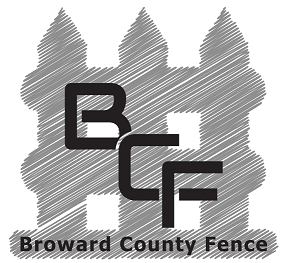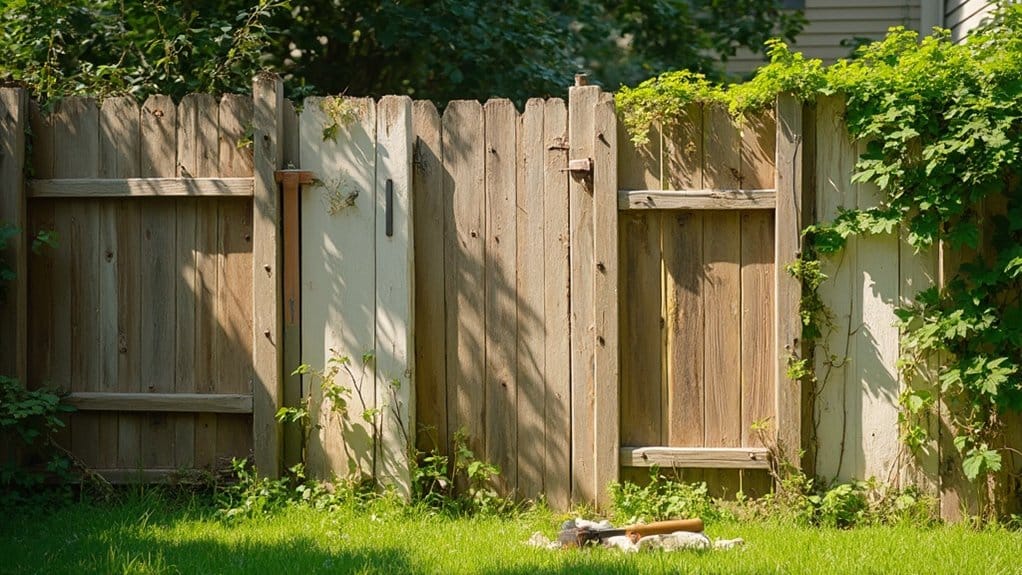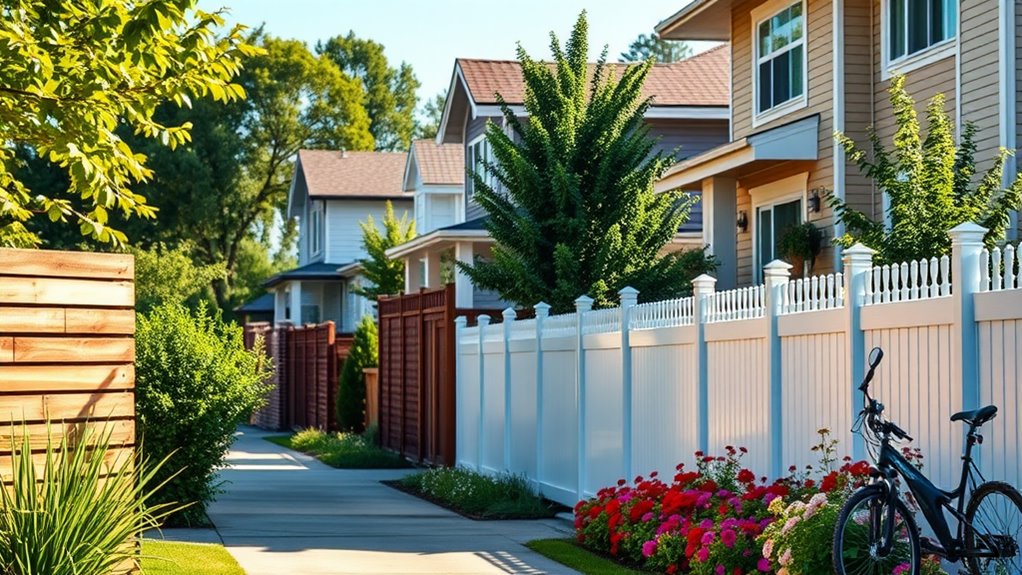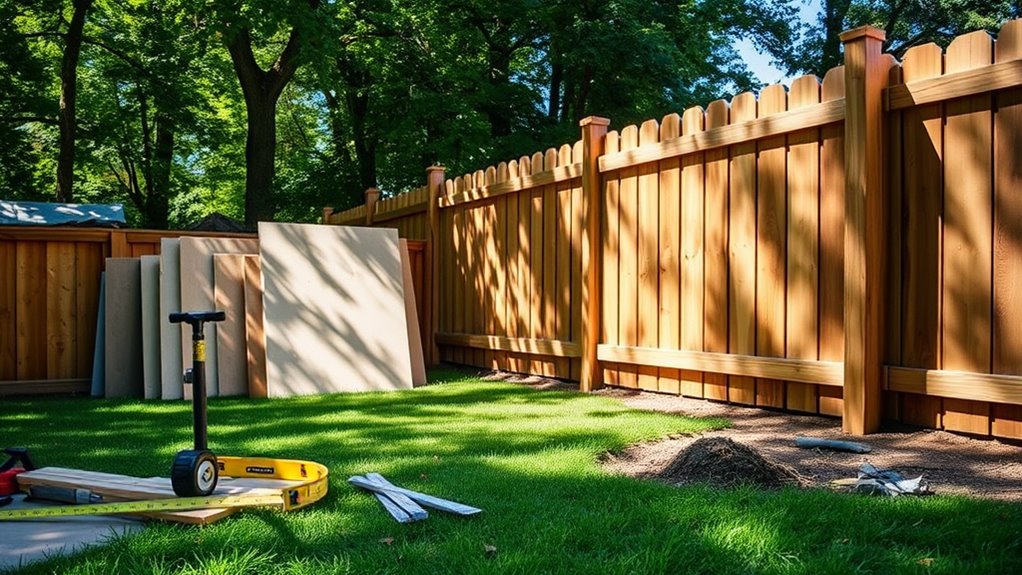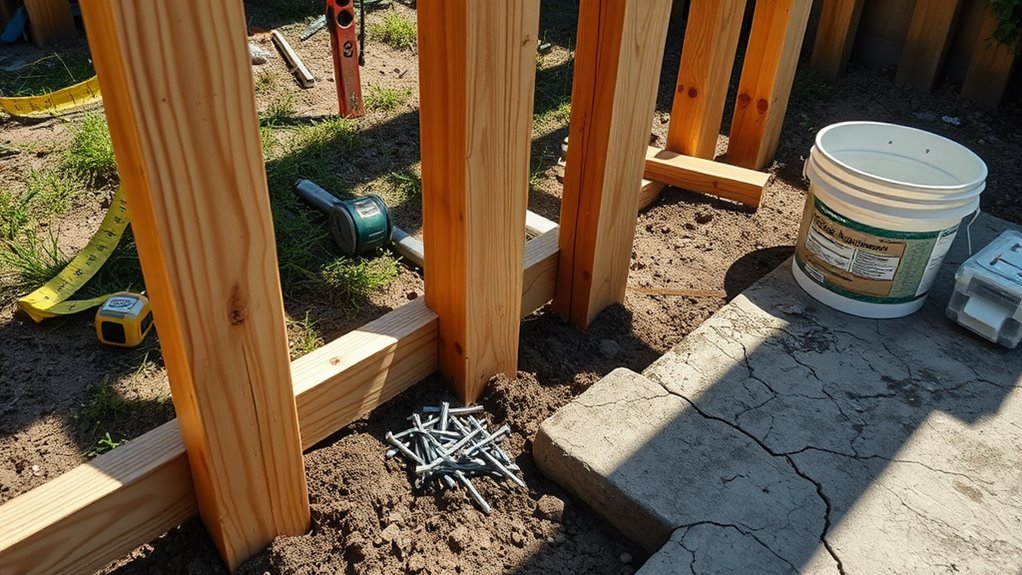The top five common fence repairs are rotting wood, leaning fences, sagging gates, missing boards, and rust on metal fences.
To fix rotting wood, improve drainage and regularly seal the wood. For a leaning fence, brace the posts and replace any damaged ones. To fix a sagging gate, use a level to realign it. Replace any missing boards promptly to maintain appearance and security. For rust on metal fences, scrub it off with a wire brush and apply protective paint to prevent future rusting.
These simple fixes can keep your fence in great shape!
Key Takeaways
- Rotting Wood: Use treated lumber, seal regularly, and replace soft spots to keep your fence sturdy.
- Leaning or Fallen Fences: Use temporary braces for leaning posts, replace damaged ones with concrete, and dig deeper for better support.
- Sagging Gates: Check post alignment and tighten hinges; if sagging persists, consider using anti-sag kits for reliable operation.
- Missing or Broken Boards: Replace damaged boards quickly with matching materials and secure them well to keep your fence looking good and strong.
- Rust and Corrosion on Metal Fences: Clean your fence regularly, remove any rust, and apply protective coatings to stop deterioration and ensure it lasts.
Rotting Wood
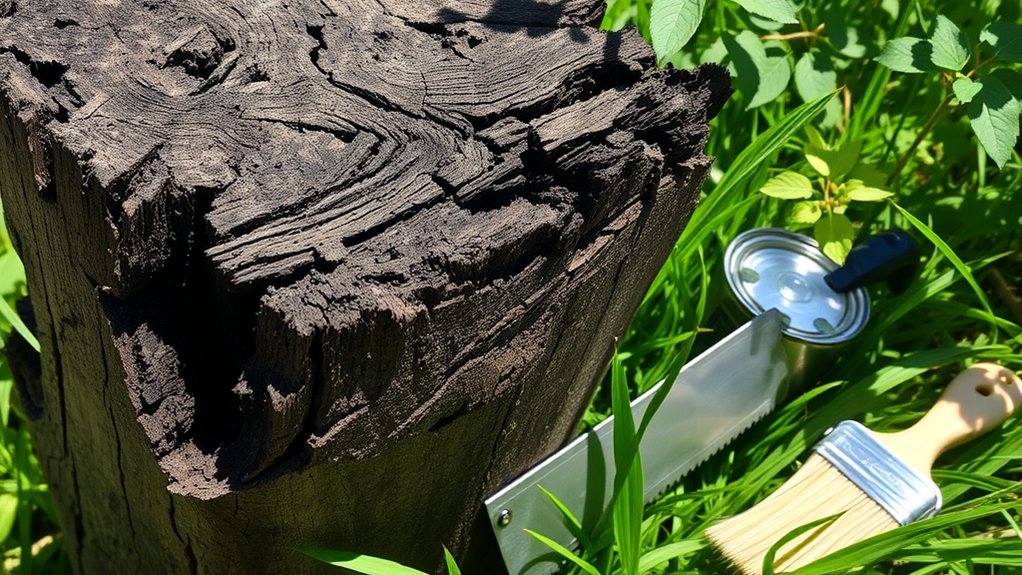
Rotting wood is a major concern for fence maintenance and can lead to expensive repairs if ignored. To prevent moisture damage, improve drainage around fence posts and use treated lumber. Regular sealing can also help protect against decay. If you spot signs of rot, act fast—check for soft spots, perform moisture tests, and replace damaged sections. Applying a protective coat, like paint or stain, can boost durability. By using quality materials and keeping up with maintenance, you can significantly extend your fence’s lifespan and keep it strong. Additionally, using a fence post cap can help shield the tops of wooden posts from water accumulation and further rot. It is important to note that proper material choice and timely maintenance are crucial to avoiding structural issues over time.
Leaning or Fallen Fences
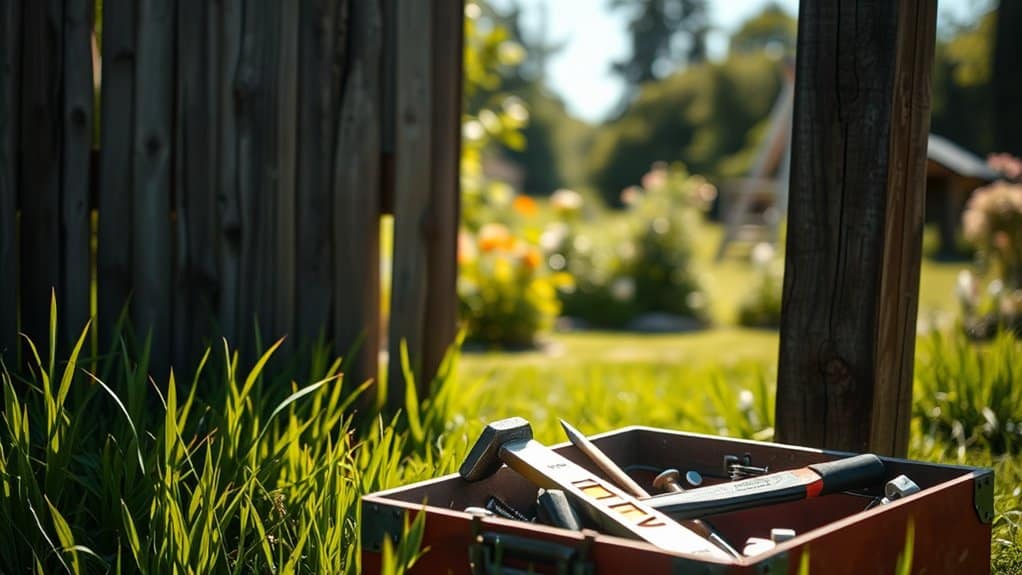
Leaning or fallen fences can be unsightly and pose safety risks. To address this, first identify the cause—whether it’s soil shifts, weather damage, or pests. If your fence posts are leaning, temporarily brace them with two-by-fours to straighten them out. If a post is too damaged to repair, dig it out and replace it with a new one, securing it with fast-setting concrete. Additionally, weather conditions such as heavy winds can exacerbate the leaning of your fence. It is crucial to ensure that your posts are installed at a depth of at least 3 feet for sandy soil to enhance stability. After it sets, reattach any fencing panels. Regularly check your fence and use durable materials to prevent future issues. These steps will help keep your fence functional and looking good.
Sagging Gates
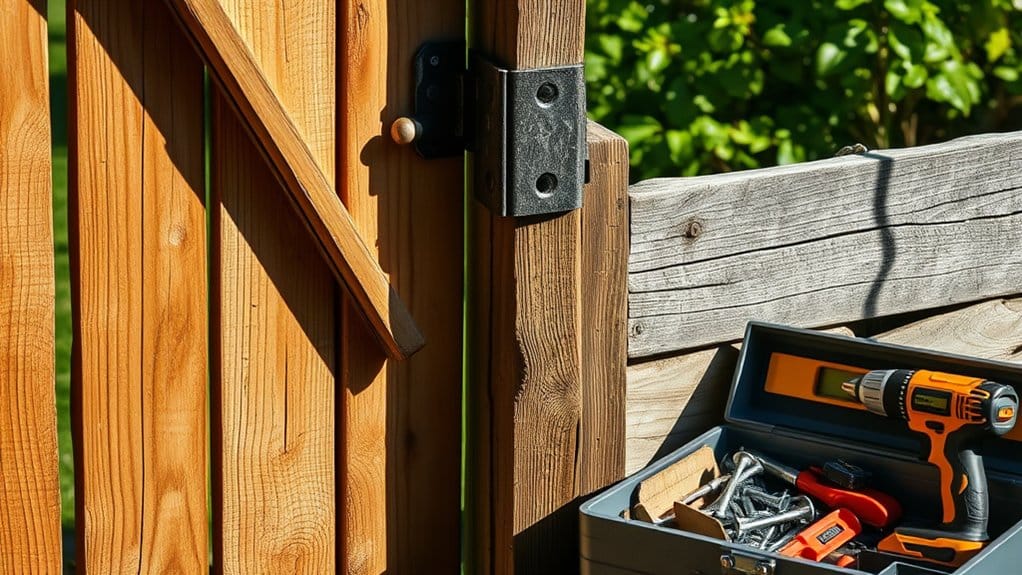
Sagging gates can be a hassle, affecting both how your property looks and functions. If your gate is hard to open or close, it may pose a security risk. Start by checking the posts for any leaning or rot. Use a carpenter’s level to see if the frame is aligned, and make sure the hinges are secure and free of rust. Simple fixes include tightening hinges, straightening leaning posts, and adding corner supports. If the sagging continues, consider an anti-sag kit with metal brackets and cables. Sagging can worsen over time, leading to potential security and functionality issues. Regularly check and repair your gate to keep it functional and looking good for years. An effective fence can significantly deter potential thieves by enhancing security measures.
Missing or Broken Boards
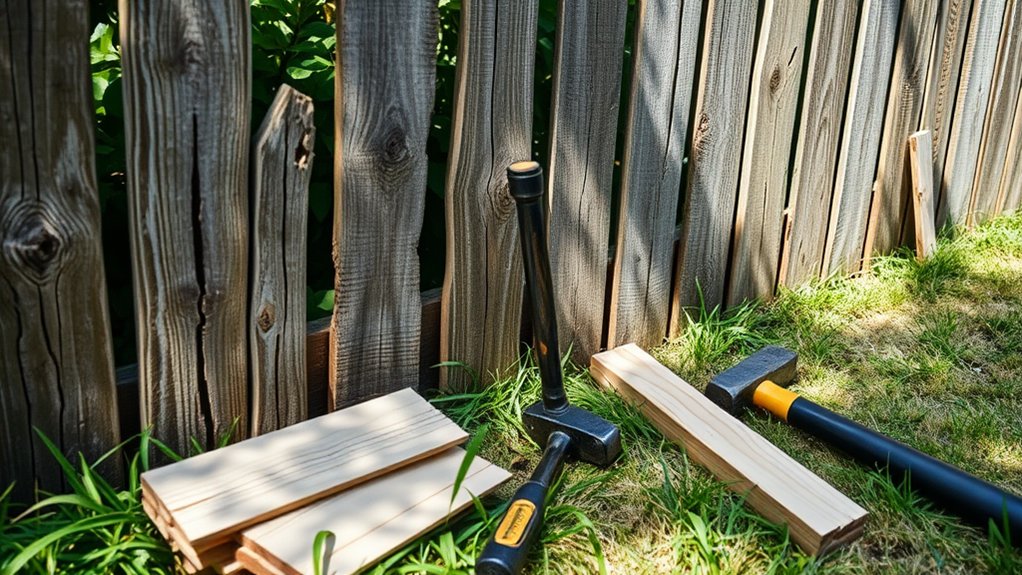
Missing or broken boards can weaken your fence and affect its look, so it’s important to fix these issues quickly. Start by inspecting your fence for any damaged or missing boards. Check for gaps or sharp edges that could be hazardous.
If you notice problems, gather what you need for replacements: matching boards, nails or screws, and weatherproof paint.
To replace a board, remove the damaged piece and clean the area. Cut the new board to size, then tap it into place. Secure it with fasteners to ensure it stays put. Additionally, using quality wood materials for replacements can enhance the overall durability of your fence and ensure it withstands the elements.
Regularly check your fence and maintain it to catch issues early, keeping it strong and attractive.
Rust and Corrosion on Metal Fences
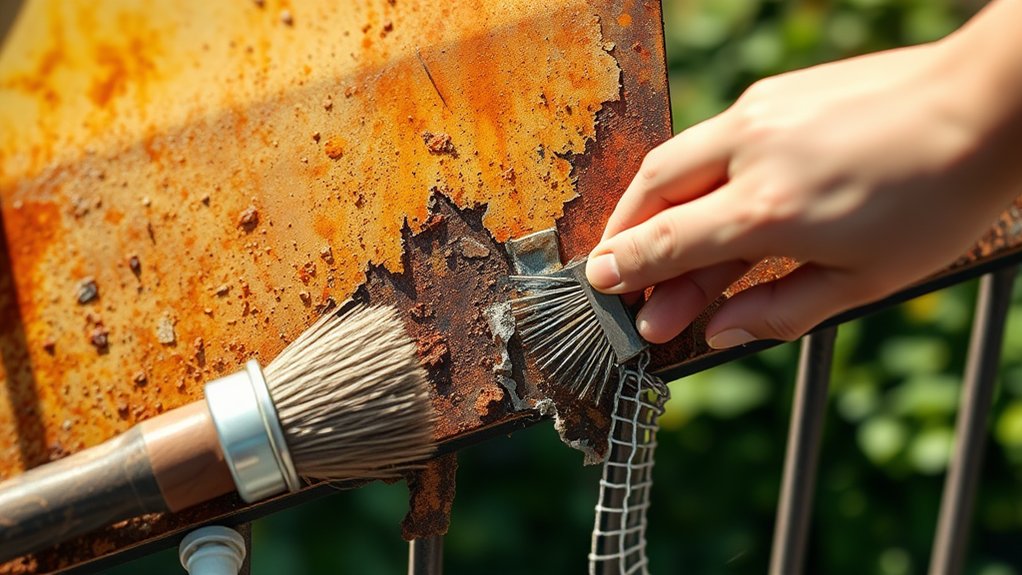
Metal fences are durable but can rust and corrode without proper care. Rust occurs when iron, moisture, and oxygen mix, weakening your fence over time.
To prevent this, apply protective paint or coatings to keep moisture out. Clean your fence regularly with mild detergent and check for rust twice a year.
If you spot rust, remove it with a wire brush or sandpaper, then apply a zinc-rich primer to stop it from coming back. Additionally, consider that aluminum fences are rust resistant, making them a great choice for long-lasting durability.
Make sure water drains well around the posts, and touch up any scratches with rust-resistant paint to keep your fence looking good and strong.
Frequently Asked Questions
How Often Should I Inspect My Fence for Repairs?
Inspect your fence at least twice a year. If you live in an area with harsh weather or if your fence is older, consider checking it more often. Regular inspections help ensure safety and maintain the fence’s condition.
What Are the Signs of a Failing Fence Post?
Signs of failing fence posts include leaning posts, rotting wood, or rusted metal parts. These issues can weaken your fence, so it’s important to fix them quickly to prevent bigger problems down the line.
Can I Paint Over Rust on a Metal Fence?
Yes, you can paint over rust on a metal fence, but you need to prep the surface first. Start by cleaning it well and consider using rust-inhibiting paint to prevent future rust. Regular upkeep will help keep your fence looking good and lasting longer.
What Type of Wood Is Best for Fencing?
When selecting wood for fencing, cedar is a great choice due to its durability and natural resistance to decay. Alternatively, pressure-treated wood offers enhanced strength and longevity. Consider your local climate and budget to determine which option fits your needs best.
Are There Eco-Friendly Options for Fence Maintenance?
Yes, you can choose sustainable materials like reclaimed wood or bamboo for your fence. For maintenance, use eco-friendly sealants and non-toxic preservatives. These options are durable and environmentally friendly, making fence care easier and greener.
Conclusion
Fences need regular maintenance to stay strong and attractive. Common issues like rotting wood, leaning panels, and rusted metal can be fixed with some basic tools and effort. Think of your fence as your yard’s protector; keeping it in good shape helps it endure the weather. With a little work, you can ensure your property remains secure and visually appealing for years.
